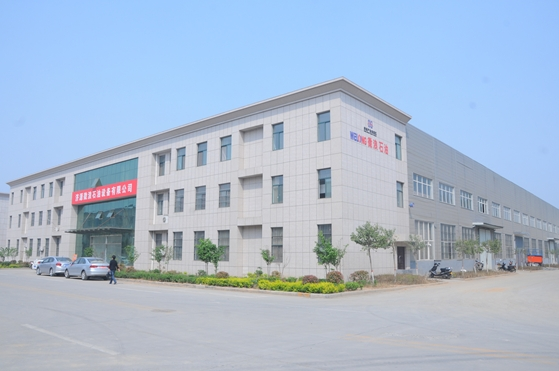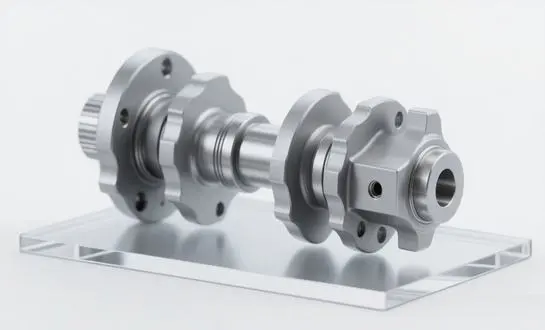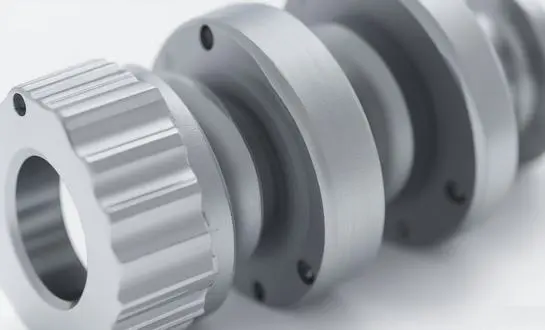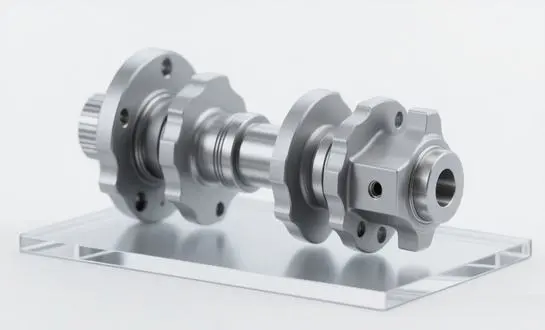How forged axles prevent catastrophic rail failures
The role of forged axles in rail safety
Forged axles are integral to preventing catastrophic rail failures, serving as the primary load-bearing components in railway vehicles. The forging process imbues these axles with exceptional strength and resistance to fatigue, crucial attributes in withstanding the immense stresses encountered during rail operations. By distributing forces evenly and absorbing shock loads, forged axles significantly reduce the risk of sudden fractures or deformations that could lead to derailments or other severe accidents.
Microstructure advantages of forged axles
The microstructure of forged axles contributes substantially to their superior performance. During the forging process, the metal's grain structure is refined and aligned, resulting in a more uniform and dense material. This enhanced microstructure translates to improved mechanical properties, including higher tensile strength, better ductility, and increased resistance to crack propagation. These characteristics are essential in preventing premature failures and ensuring the longevity of railway axles under demanding operational conditions.
Impact resistance and fatigue life of forged axles
Forged axles exhibit exceptional impact resistance and extended fatigue life, crucial factors in preventing rail failures. The forging process creates a fibrous grain structure that enhances the axle's ability to absorb and dissipate energy from sudden impacts or cyclic loading. This improved impact resistance helps mitigate the effects of track irregularities, wheel-rail interactions, and other dynamic forces encountered during train operation. Additionally, the increased fatigue life of forged axles ensures they can withstand millions of stress cycles without developing critical flaws, significantly reducing the likelihood of unexpected failures and enhancing overall rail safety.
The science behind grain structure in railway shaft forging
Grain refinement during the forging process
The science behind grain structure in railway shaft forging is a fascinating aspect of materials engineering. During the forging process, the metal undergoes severe plastic deformation at elevated temperatures, which leads to significant grain refinement. This refinement occurs through a combination of dynamic recrystallization and grain boundary migration. As the metal is worked, dislocations accumulate and rearrange, forming new, smaller grains. The result is a finer, more uniform grain structure that contributes to the exceptional mechanical properties of forged railway shafts.
Influence of grain orientation on mechanical properties
The orientation of grains in forged railway shafts plays a crucial role in determining their mechanical properties. The forging process aligns the grains in the direction of material flow, creating a fibrous structure that enhances strength and toughness along the primary loading axis. This anisotropic grain structure is particularly beneficial for railway applications, where shafts experience predominantly unidirectional stresses. The aligned grains provide superior resistance to crack propagation and fatigue, contributing to the overall durability and safety of railway components.
Heat treatment and its effects on grain structure
Heat treatment is an essential step in the production of shaft forging railway shafts, as it allows for further optimization of the grain structure and mechanical properties. Processes such as normalizing, quenching, and tempering are employed to achieve the desired balance of strength, toughness, and ductility. These heat treatments can control grain size, eliminate residual stresses, and promote the formation of beneficial microstructures such as bainite or tempered martensite. By carefully managing the heat treatment parameters, manufacturers can tailor the grain structure of shaft forging shafts to meet the specific requirements of different railway applications, ensuring optimal performance and longevity.
Innovations in forged bogie components for freight trains
Advanced alloys for improved performance
Recent innovations in forged bogie components for freight trains have focused on the development and application of advanced alloys. These new materials offer enhanced strength-to-weight ratios, improved corrosion resistance, and better fatigue properties compared to traditional steel alloys. For example, high-strength low-alloy (HSLA) steels and microalloyed steels are being increasingly utilized in shaft forging for bogie components. These advanced alloys allow for the production of lighter yet stronger components, contributing to increased payload capacity and improved fuel efficiency in freight train operations.
Precision forging techniques for complex geometries
Advancements in precision forging techniques have revolutionized the production of bogie components for freight trains. Computer-controlled hydraulic presses and sophisticated die designs now enable the forging of complex geometries with tight tolerances. This precision allows for the integration of features that were previously machined separately, reducing manufacturing steps and improving overall component integrity. For instance, near-net-shape forging of side frames and bolsters with intricate load-bearing surfaces minimizes material waste and reduces the need for extensive post-forging machining, leading to more cost-effective and higher-quality bogie components.
Integrated sensor technologies in forged components
One of the most exciting innovations in forged bogie components is the integration of sensor technologies. By embedding sensors directly into forged parts during the manufacturing process, it's now possible to create "smart" components that can monitor their own condition in real-time. These sensors can detect changes in stress, temperature, and vibration, providing valuable data for predictive maintenance and early warning of potential failures. For freight trains, this technology translates to improved safety, reduced downtime, and optimized maintenance schedules. The combination of robust forged components with advanced sensing capabilities represents a significant leap forward in the reliability and efficiency of freight train operations.
In conclusion, the importance of shaft forging in railway engineering cannot be overstated. From preventing catastrophic failures to enabling innovative designs in bogie components, forged shafts continue to be at the forefront of advancements in rail technology. As we've explored, the unique properties imparted by the forging process, combined with ongoing innovations in materials and manufacturing techniques, ensure that forged components will remain critical to the safety, efficiency, and evolution of railway systems for years to come. For those interested in learning more about shaft forging and its applications in the oil and gas industry, please contact us at oiltools15@welongpost.com.
Welong, as a professional international integrated supply chain service provider, is committed to delivering high-quality forged components for various industries, including railway engineering. Our expertise in shaft forging and commitment to innovation make us a reliable partner for all your forging needs.





